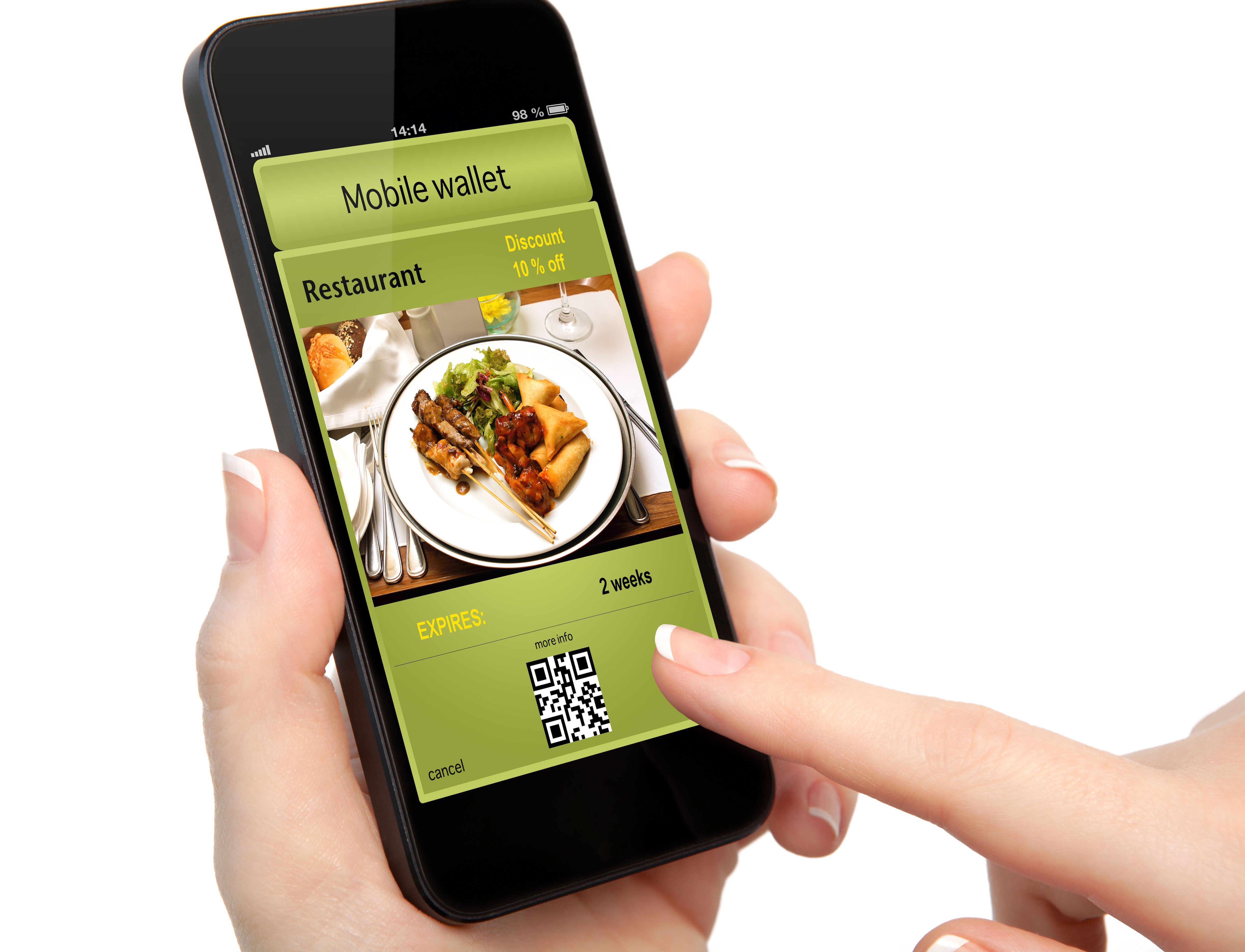Mobile order and pay apps have become wildly popular with consumers, however cafes and restaurants offering them are the ones that may be having heartburn. As the following article relates, these customer time-saving apps require heavy testing by the stores to ensure they do not prove to be operationally disruptive and unappetizing.
Mobile ordering is fast becoming a must-have offering for retail chains built on quick customer service. But as several first movers in mobile ordering have shown, balancing digital services with in-store experiences can be challenging.
Shake Shack earlier this year took a unique approach as it prepared to launch a mobile application that enables consumers to order and pay from their iPhones. It allowed hundreds of consumers to give the application a whirl in select locations around the country. But they weren’t your average consumers.
They were digitally-savvy contractors, farmed out by crowdsourcing startup Applause, who paid them to ferret out software bugs and make suggestions about how to improve the application’s layout prior to the nationwide launch in January, says Phil Crawford, the quick-service chain’s vice president of IT.
It also helped Shake Shack integrate the digital service into its operational workflow, potentially helping the company avoid the execution issues and bottlenecks that have plagued Starbucks, Chipotle and other companies offering mobile ordering services.
The ability to order and pay for products via a smartphone is rapidly becoming table stakes for companies who wish to curry favor with and strengthen loyalty among today’s consumers, many of whom are seeking more digital experiences from their favorite brands. Domino’s, Panera and Starbucks are among the early adopters of such services.
Even the best-in-class Starbucks app has seen some store gridlock at peak hours with both mobile and in-store ordering customers jockeying for space at the pickup area. The coffee cafe is currently working on revamping the physical layout to accommodate multi-channel orders efficiently. Meanwhile burger and sandwich shops wrestle with issues such as keeping prepared orders fresh for arriving customers. Clearly, live testing is a must for mobile order and pay apps as there are too many moving parts to assume that early kinks will just work themselves out. Brand loyalty for restaurants, like their food, has a shelf life, and unhappy customers will certainly try a nearby competitor that has taken the time to test and launch a finely-tuned mobile order, pay, and fulfillment system.
Overview by Raymond Pucci, Associate Director, Research Services at Mercator Advisory Group
Read the full story here











